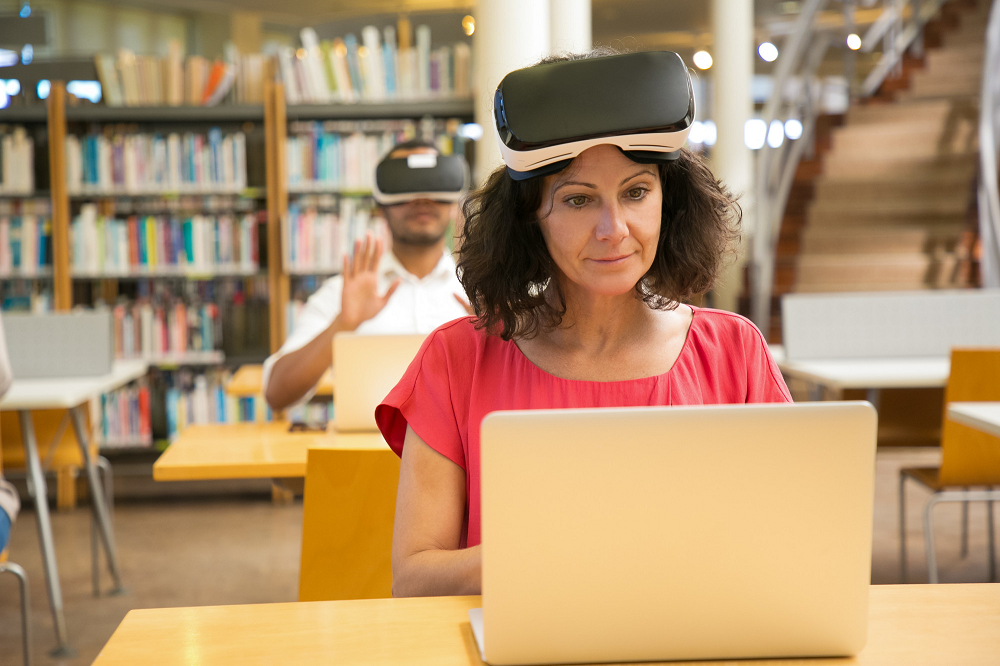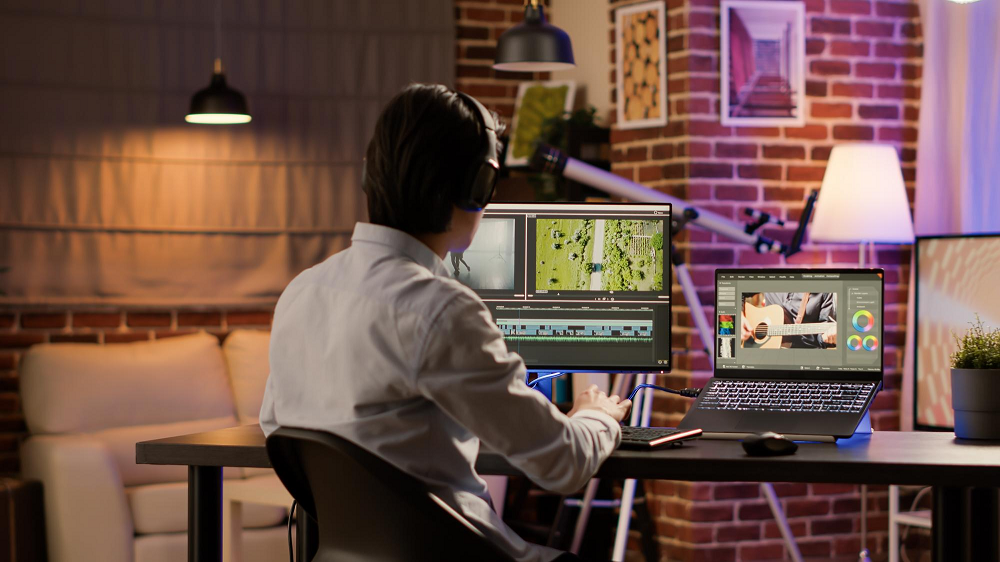Web-based AR stands for Web-based augmented reality, which is essentially Augmented Reality for the Web, in which a user follows a URL to a web page, or scans a QR code, in order to experience the AR tech on their smart devices. WebAR, also called web-based AR, is a digital technology which allows for easy sharing of Augmented Reality experiences with others through the web, without the need of any application. Web-based AR is an experience enabled by adding digital elements into an actual environment, accessible through a web browser. Web-based AR supports tracking, target identification for images, animation, and some degree of interaction to engage, and is accessible via the browser by using WebGL, WebVR, WebRTC, and API technologies. Let’s see more.
Web augmented reality: this is how it works

This seamless user experience is a major reason why web augmented reality is quickly growing in popularity. Traditional AR experiences require a dedicated application, whereas a WebAR experience lives on-line, inside of a special webpage. App-based AR technologies elevate the VR experience a notch, offering multiple interactive elements inside an app. Application-based AR offers higher-fidelity experiences because augmented reality apps are able to use a smartphones or tablets USB graphics processor to render images at much higher fidelity.
Since no download is required, individuals can enjoy an immersive, one-of-a-kind AR experience on-demand, across most OSes, mobile devices, and web browsers. Web AR technology is a novel addition to the AR field, where viewers can experience AR content directly from the mobile browser, without using any app. Web AR, or Augmented Reality for Web, is no more or less than consuming this kind of tech and AR experiences from your mobile web browser, like Google Chrome or Safari on iOS. The good news is, today, both Safari and Chrome support WebAR, which means a total of 85 percent of mobile users today are able to experience augmented reality on their devices, without downloading an app.
6 Examples Web-Based Augmented Reality
There are many examples on how Web Augmented Reality is changing the game, there are a few cases that we hope will inspire you to create them in your brand.
1) Redbull
This brand used a web-based Augmented reality, where the customer opens a link a 3D experience in which the prince tries to reach for Rapunzel after drinking the Redbull. “Redbull gives you wings.”
2) Vicks vaporub
This AR experience allows customers to know about the benefits of using the product while they see it on an ice cap with text bubbles.
3) Interior Décor
This is a furniture AR experience that lets users try on different types of furniture and colors by tapping on them users will be able to see them in their immediate surroundings.
4) Rayban
This famous brand has also been taking advantage of this tech by having users try on their glasses to choose one that better suits their face.
5) Educational models
WebAR can also be used to help demonstrate complex models to students and can even train surgery on it.
6) Automotive
Companies can also make use of Web Augmented Reality as a way to demonstrate foir example different parts of the vehicle, can also be used as a way of making the user have a sense of their interior and even their performance.
Augmented Reality in web experiences are poised to continue growing in sophistication and depth as more and more supporting features are added by mobile browsers. While limited due to the low-memory nature of browser experiences, Web-based AR is more than making up for this with its potential market scale. This wide availability means web-based AR has access to double the number of mobile devices as app-based AR.
As technology continues to advance, Web browsers such as Chrome and Safari will ensure sophisticated WebAR experiences are familiar sights over the next few quarters. As we have said, this will become a more natural process, whether to consume or to produce Web content using Augmented Reality (content embedded within Web), providing an added level of engagement with the user. It is thus going to become a lot easier to build webpages with augmented reality, and, bit by bit, we are going to become just as used to consuming that kind of experience as we are currently to video content or GIFs. As a new technology, their Web-based cousins technical limitations mean that they cannot offer as many content opportunities yet as complex apps, nor can they be expected to deliver similarly seamless experiences across the two media.
¿Augmented reality on web for your brand? We can help you
At Stringnet we are an expert team in experiential marketing and technology for brands. We can help you build an augmented reality web strategy specially designed for what you need and dream of. Your customers will love it!
In addition, we work with hybrid experiences, metaverse, virtual reality, NFT, BTL marketing and much more.
Contact us today and let’s take your brand to the next level of marketing.


